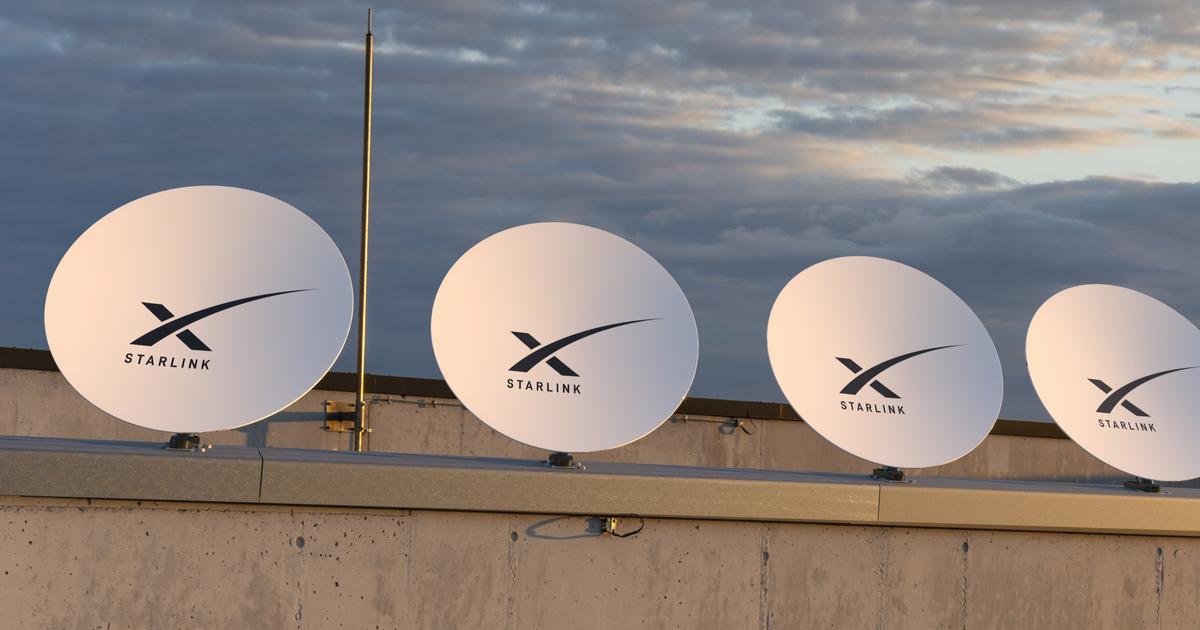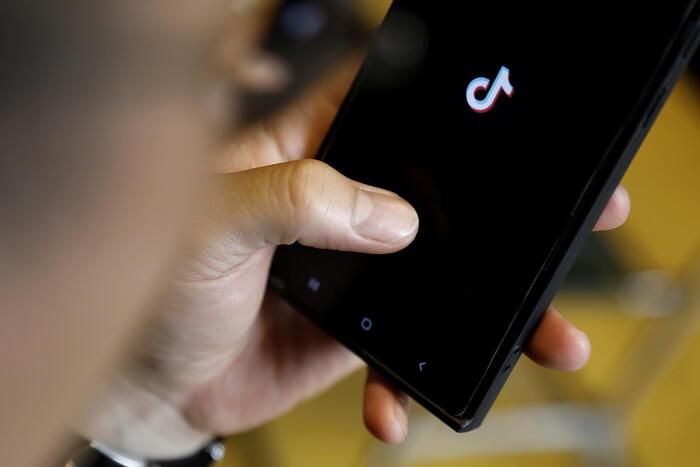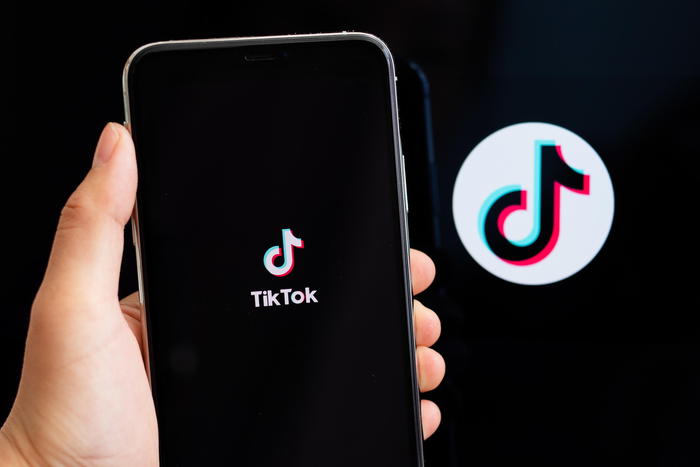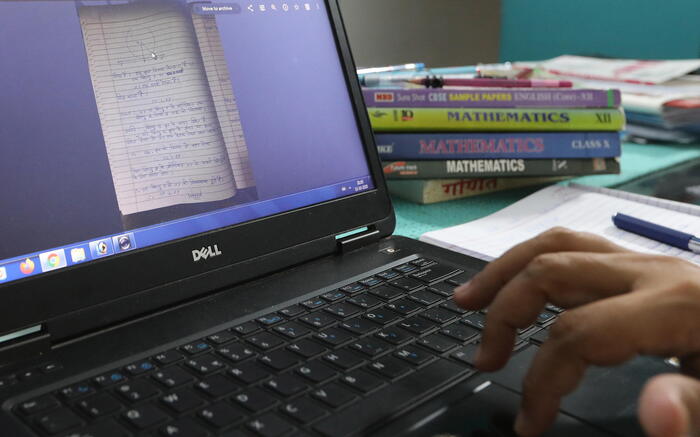More than a third of the world's population, or 2.9 billion people, still have not connected to the internet, even though the pandemic has demonstrated the crucial importance of the network to continue working or studying and spiked connections, according to the UN.
Read also Myanmar: the junta blocks the internet and restricts access to information
About 4.9 billion people have surfed the net this year, according to new data collected by the International Telecommunication Union (ITU) released on Tuesday.
These are 800 million more people than before the pandemic.
The fight against Covid-19 has forced the closure of countless businesses and schools around the world, sometimes for months on end, and prompted employees and schoolchildren, who could, to go online to continue working and studying.
Unequal access
However, access remains unequal. Almost all of those excluded live in a developing country, ie 96%. And for hundreds of millions more, who have access to the network, they can only do so with devices they share with others and / or can only have low speed, which drastically limits what 'they can do on the internet. “
There is still a lot to do,
” said ITU Secretary-General Houlin Zhao.
The unusually large increase in the number of users suggests that the pandemic has encouraged people to log on. Since 2019, 782 million people have thus accessed the net, a jump of 17%. The increase is 10% for the first year of the pandemic, the strongest annual increase "
for a decade
”, According to the ITU.
The organization emphasizes that the lack of internet connection is not necessarily linked to the lack of infrastructure.
According to her, 95% of the world's population could theoretically have access to a 3G or 4G mobile network.
The price of equipment and services is too often unaffordable, emphasizes the ITU.
She estimates that to be financially accessible, a connection must cost around 2% of the annual income per capita of a developing country.
However, in some of the poorest countries in the world, the cost can reach 20% or more.
The lack of digital education is also a major obstacle.
Read also Israeli atomic secrets on the internet
Many people also face issues such as poverty and lack of electricity or digital skills.
The difference in access between men and women is decreasing, but the former remain a large majority to connect (62%) compared to the 57% of women.
In rich countries, the famous digital divide between urban and rural areas is very low (89% of city dwellers have used the internet in the last three months compared to 85% in rural areas).
It is different in poor countries where city dwellers connect twice as much as those in the fields (72 versus 34%).




/cloudfront-eu-central-1.images.arcpublishing.com/prisa/Q3R3DI62AJHR7AGTRNQPF2AHCI.jpg)










